Archives
- 2025-11
- 2025-10
- 2025-09
- 2025-03
- 2025-02
- 2025-01
- 2024-12
- 2024-11
- 2024-10
- 2024-09
- 2024-08
- 2024-07
- 2024-06
- 2024-05
- 2024-04
- 2024-03
- 2024-02
- 2024-01
- 2023-12
- 2023-11
- 2023-10
- 2023-09
- 2023-08
- 2023-07
- 2023-06
- 2023-05
- 2023-04
- 2023-03
- 2023-02
- 2023-01
- 2022-12
- 2022-11
- 2022-10
- 2022-09
- 2022-08
- 2022-07
- 2022-06
- 2022-05
- 2022-04
- 2022-03
- 2022-02
- 2022-01
- 2021-12
- 2021-11
- 2021-10
- 2021-09
- 2021-08
- 2021-07
- 2021-06
- 2021-05
- 2021-04
- 2021-03
- 2021-02
- 2021-01
- 2020-12
- 2020-11
- 2020-10
- 2020-09
- 2020-08
- 2020-07
- 2020-06
- 2020-05
- 2020-04
- 2020-03
- 2020-02
- 2020-01
- 2019-12
- 2019-11
- 2019-10
- 2019-09
- 2019-08
- 2019-07
- 2019-06
- 2019-05
- 2019-04
- 2018-07
-
In summary we identified a novel MLPH
2024-12-24
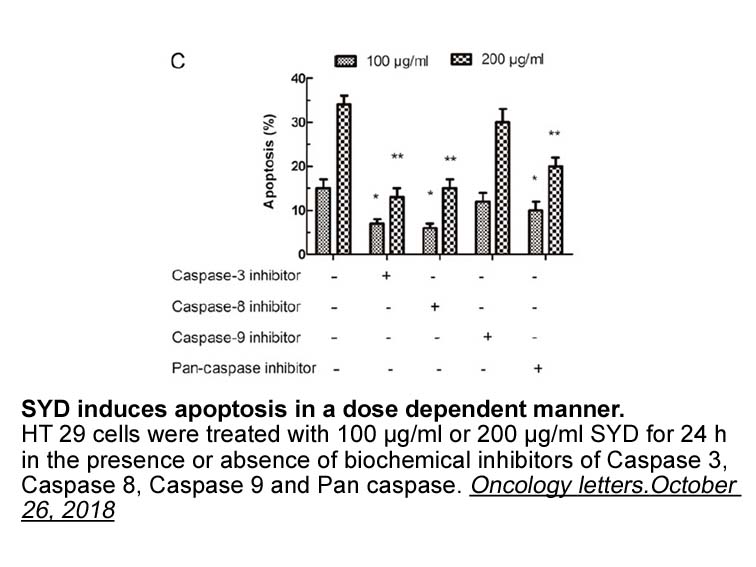
In summary, we identified a novel MLPH-ALK fusion in AST with discordant results of ALK IHC. In order not to overlook ALK-rearranged AST with rare fusion partners on IHC screening, a sensitive IHC method is preferable. Introduction Lung cancer remains the leading cause of cancer related deaths w
-
Introduction Aldose reductase ALR is the first
2024-12-24
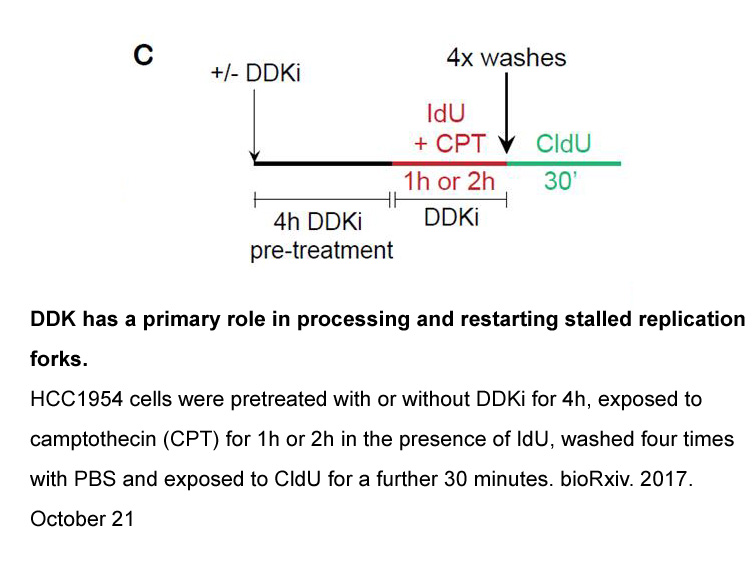
Introduction Aldose reductase (ALR2) is the first enzyme of the polyol pathway that catalyzes the reduction of glucose to sorbitol utilizing NADPH as a cofactor. The intracellular accumulation of sorbitol, due to increased aldose reductase activity at high blood glucose levels, such as those occurr
-
br Conflict of interest statement
2024-12-24
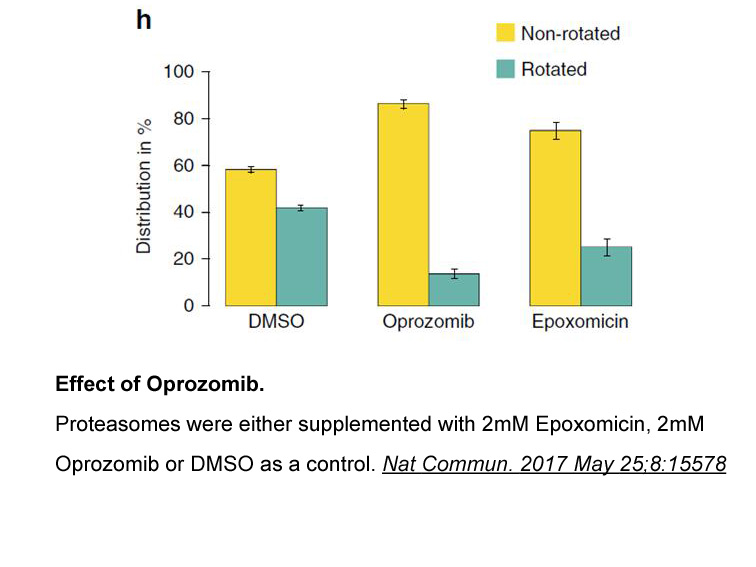
Conflict of interest statement Introduction Human saliva contains many detoxifying and antioxidant Papain Inhibitor like glutathione S-transferase, catalase, peroxidase, aldehyde dehydrogenase (ALDH), etc. [1]. Human salivary ALDH (hsALDH) protects individuals from toxic aldehydes contained i
-
br Does TIPARP contribute to the diverse species sensitivity
2024-12-24
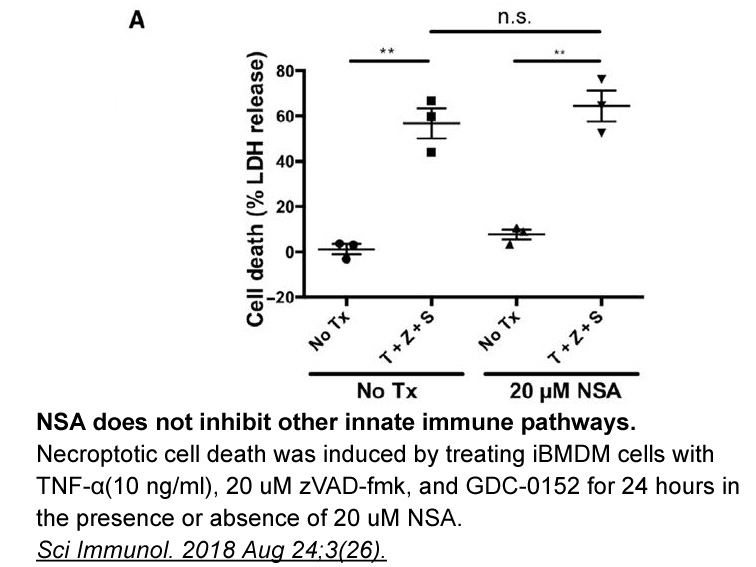
Does TIPARP contribute to the diverse species sensitivity to TCDD toxicity? In chick embryo hepatocytes TIPARP was reported to mediate the TCDD-dependent suppression of hepatic gluconeogenesis, by reducing cellular NAD+ levels and reducing PCK1 expression, suggesting that ADP-ribosylation enhance
-
In the search for more
2024-12-24
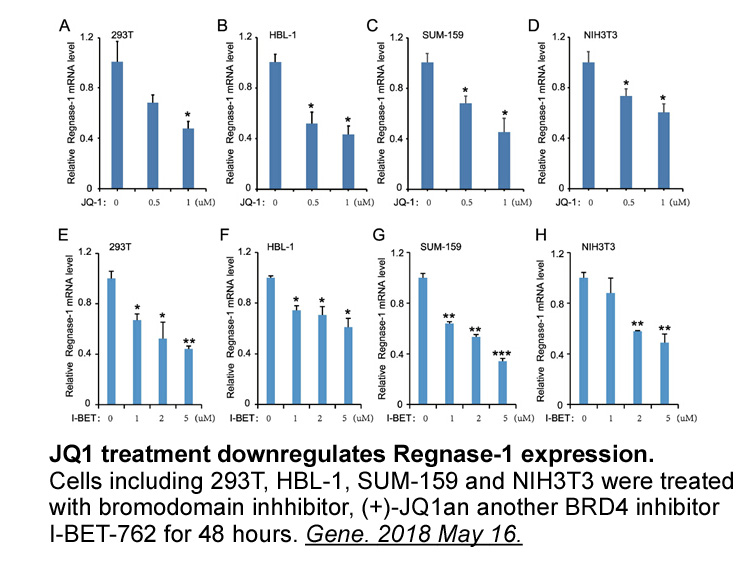
In the search for more specific inhibitors of uptake2, Iversen and Salt (1970) speculated that steroids may potentiate the actions of catecholamines on vascular smooth muscle by inhibiting uptake2-mediated catecholamine clearance of the transmitters. They went on to demonstrate that a variety of ste
-
br Materials and methods br Results and discussion br
2024-12-23

Materials and methods Results and discussion Conclusion Amino-functionalized mesoporous TiO2-NH2 microparticles were used to immobilize ADA, followed by GLU cross-linking. The mesopores provided a natural microenvironment with sufficient room for the enzyme to efficiently perform its cataly
-
br Dihydrotestosterone in adult fish and frogs br
2024-12-23
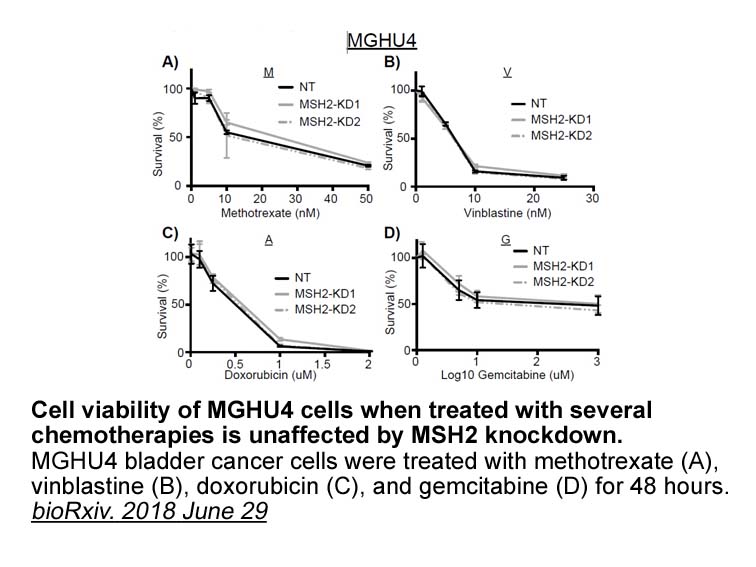
Dihydrotestosterone in adult fish and frogs New perspectives and next directions Similar to other androgens, DHT can modulate reproductive endpoints in both fish and amphibians. However, predicting the effects of DHT can be challenging, as reproductive homeostasis is dependent upon the balance
-
br Introduction Stroke is a devastating condition that
2024-12-23
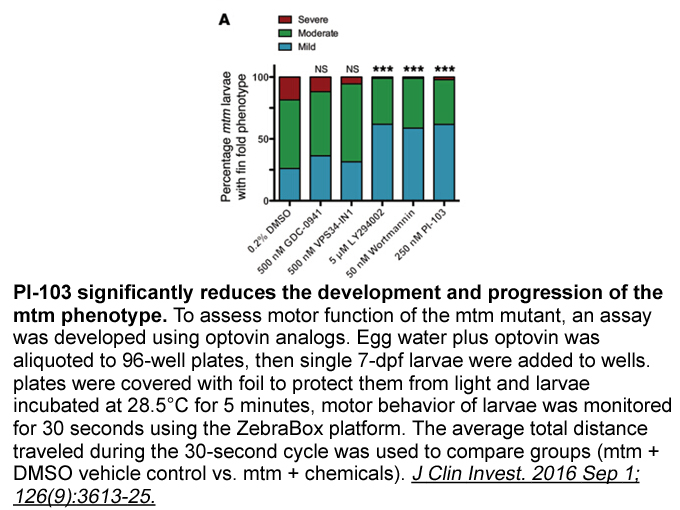
Introduction Stroke is a devastating condition that causes cognitive and motor dysfunction, neurodegenerative diseases and even acute death, and is a leading cause of mortality and morbidity worldwide (Chen et al., 2014a, Wang et al., 2016). Thus, exploration or identification of novel therapeuti
-
It is well known that neurosteroids such as
2024-12-23
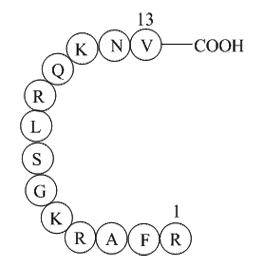
It is well-known that neurosteroids such as testosterone and their metabolites endogenously modulate neural excitability in animals and humans. Testosterone has protective effects against seizures induced by KA and PTZ (Frye et al., 2001b; Reddy, 2004b). Estrogens, on the other hand, have proconvuls
-
In addition to connecting high ARG levels with
2024-12-23

In addition to connecting high ARG1 levels with DNMT3A/TET2 mutations in MDS/CMML patient biopsies, we also wanted to address the cell type demonstrating elevated ARG1. Following our mouse work, we hypothesized that overexpression of this protein would be found in myelomonocytic Benzamil including
-
These PrPIF are detected in untreated brain extracts but
2024-12-23
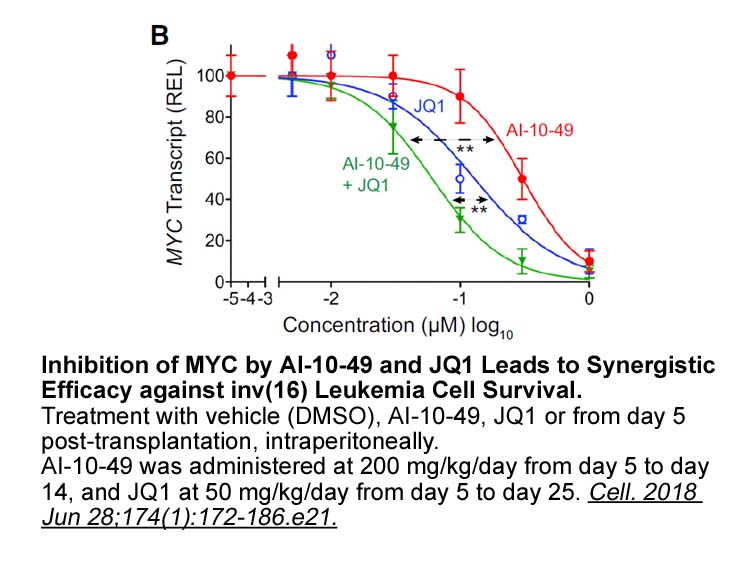
These PrPIF are detected in untreated emtricitabine extracts but are consistently enriched following proteinase K (PK) treatment. The biochemical characterization of pathologic PrP has been carried out in most hereditary PrP cerebral amyloidosis associated with PrP mutations and the biochemical PrP
-
AZD9668 In summary present evidence suggests that antimicrob
2024-12-23
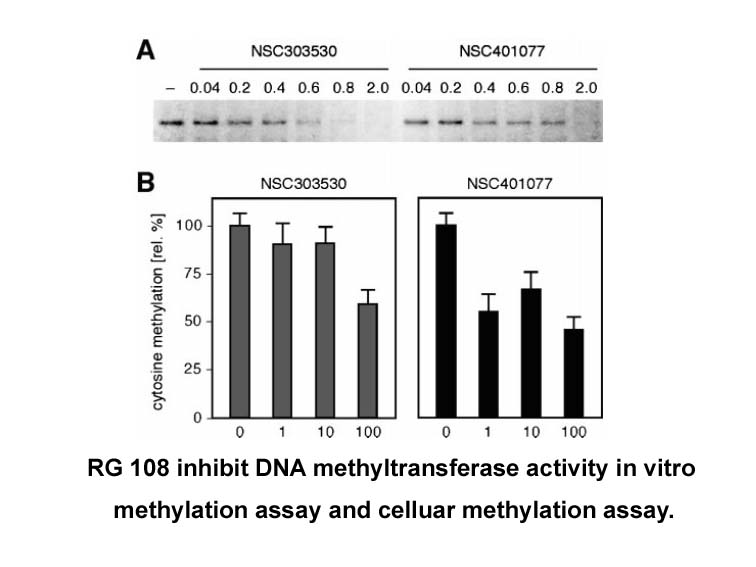
In summary, present evidence suggests that antimicrobial therapy for intra-abdominal sepsis can be shortened in patients exhibiting a clinical response to treatment. Hence, clinicians should use the resolution of clinical signs of infection as a guide to determine when during the 4–7-day window anti
-
Abnormalities in placentation in patients with
2024-12-23
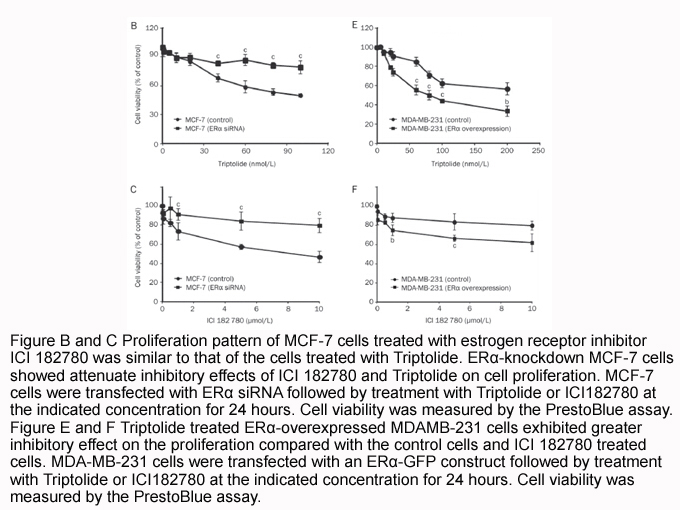
Abnormalities in placentation in patients with PE appear to be associated with changes in different components of the signaling pathway that mediates cytotrophoblast migration/invasion. Studies have showed that the activation of the Notch signaling pathway is associated with the differentiation and
-
br Conclusions br Declarations br Introduction The classical
2024-12-23

Conclusions Declarations Introduction The classical term of endocrine disruption includes any agent that interferes with the action of hormones within the human body; these agents are therefore named endocrine disruptors. Among these agents, that are mainly environmental chemicals (pollutan
-
It was also shown that of crizotinib
2024-12-21
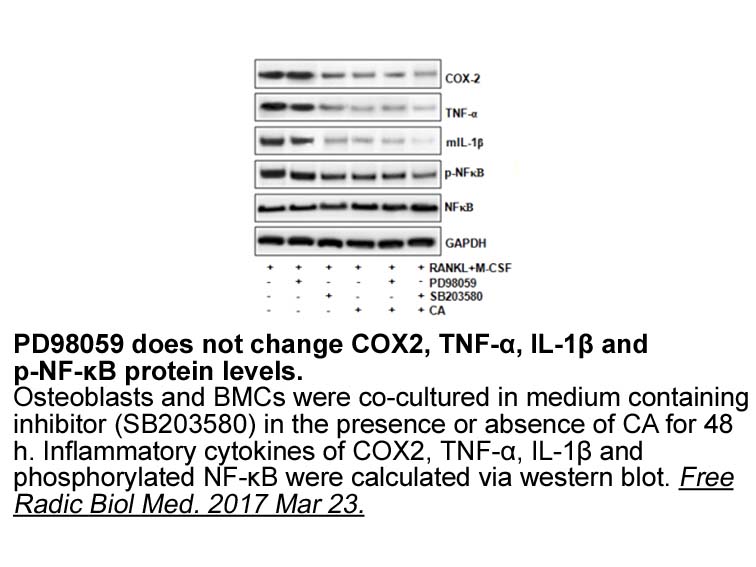
It was also shown that 15% of crizotinib resistance mechanisms can be due to an amplification of ALK gene while 30% are caused by a variety of secondary mutations (S1206Y, G1202R, L1196M, C1156Y, G1269A, L1152R, F1174L and 1151Tins) in ALK tyrosine kinase. These mutations can modify the conformation
16010 records 33/1068 page Previous Next First page 上5页 3132333435 下5页 Last page